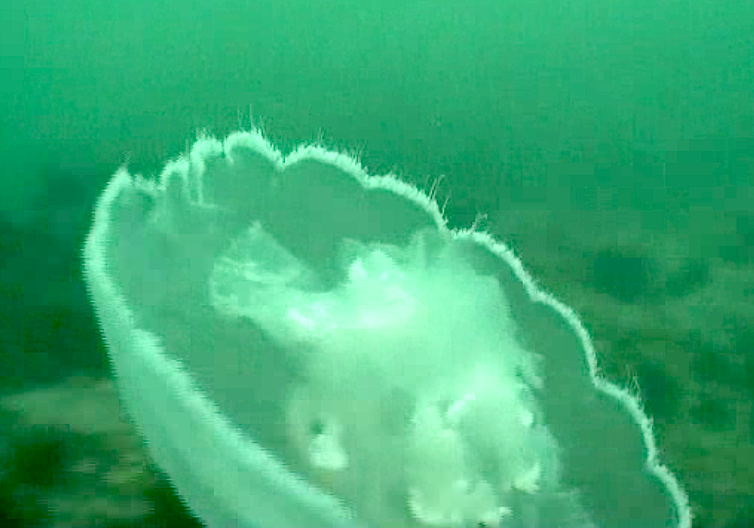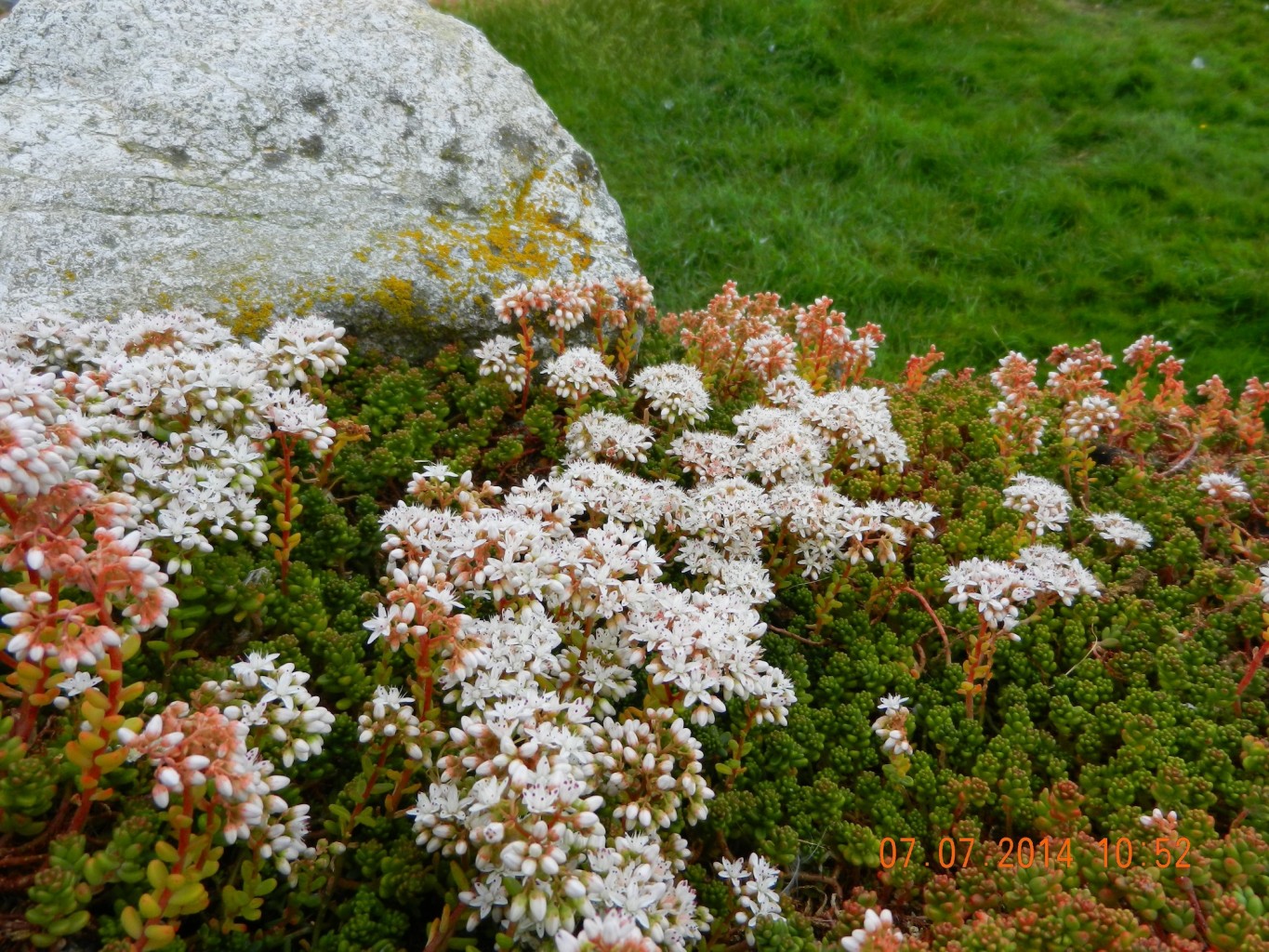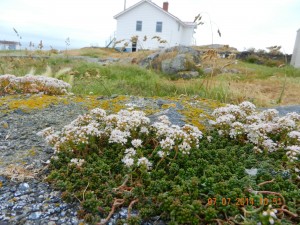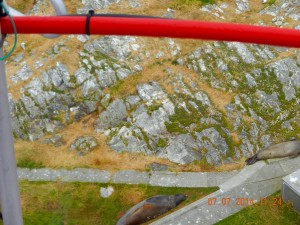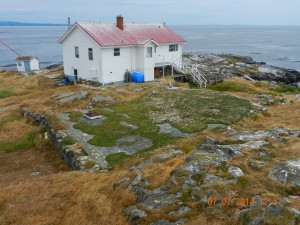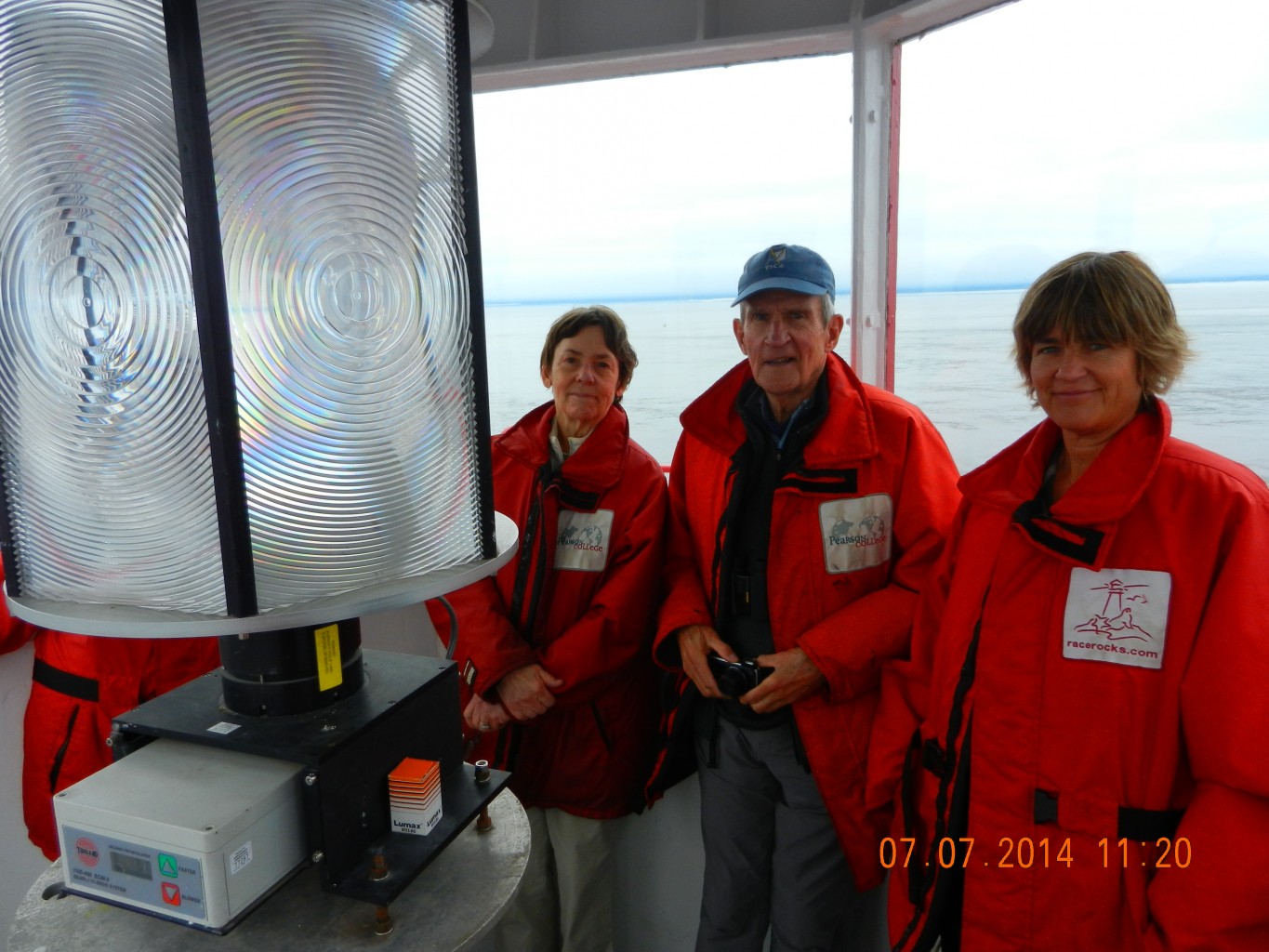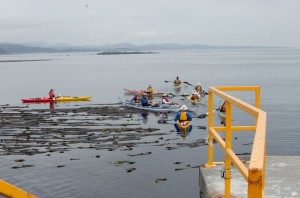Winds have been on a downward trend since Monday but since noon today have picked up to 35-40 knots. Barometric power dipped to a low of 1010 hPa Wednesday evening. We’ve had heavy fog until yesterday and today.
Few boats in the reserve this week (I suspect due to fog).
Two whale watchers today and 2 recreational fishing boats passed through the reserve today.
Animal Census (for Wednesday, 16 July):
*I only saw nine guillemots on Wednesday, 5 of which were flying away from the island. I don’t know the reason for the low number but Thursday I counted over 80 again.
I have not seen Cheeky since Tuesday, however, a new (very plump) female elephant seal arrived Wednesday afternoon. After female was on the jetty at ~1800h but seems to have swam away again. Chunk is still here. The river otters made another appearance tonight. Running in the same direction the adult led the two young otters with a gull chick in its mouth. Before going under the diesel holding tank the two juveniles started away at the chick. the Canada geese arrived Monday afternoon. Until today, there was a group of 5 that moved around together and an additional single goose that was seemed on its own. Today I counted seven and they were all together.
Monday morning I lost ethernet connection in the main residence. Jonathan came out Tuesday to have a look and he returned with two electricians on Thursday to fix the issue. Filled the batteries yesterday while they were here and got a tutorial on the Nikon camera.
